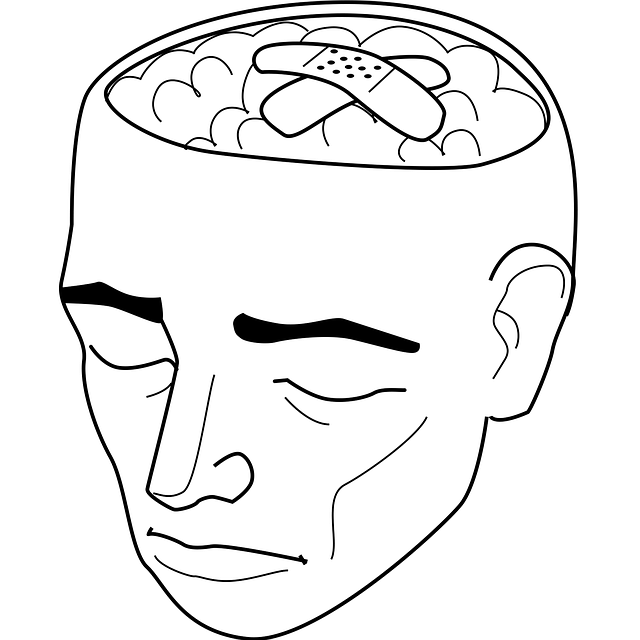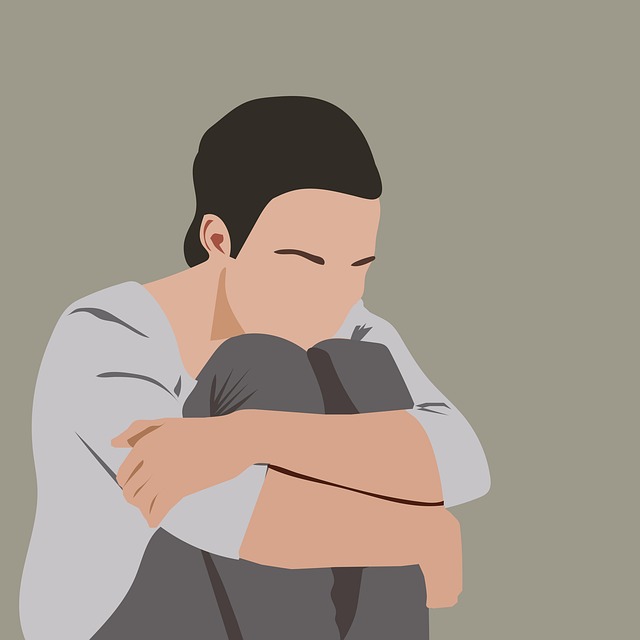Centennial Independent Medical Evaluations (CIMEs) are crucial tools in trauma support, offering unbiased psychological assessments post-trauma. Integrating CIME therapy with public awareness campaigns and effective communication strategies encourages early community support-seeking and active patient engagement. This comprehensive approach, focusing on safe spaces, evidence-based techniques like cognitive processing therapy and EMDR, mindfulness meditation, and grounding exercises, fosters present-moment awareness and inner strength. Expanding access to CIMEs and culturally sensitive practices in underserved areas, along with podcasts, conflict resolution techniques, and burnout prevention strategies, promotes holistic mental wellness and collective healing within communities.
Trauma is a pervasive issue that demands comprehensive support systems. This article explores crucial aspects of trauma recovery, focusing on key services such as Centennial Independent Medical Evaluations and the pivotal role of therapy. We delve into effective techniques and best practices for therapeutic intervention, while emphasizing the importance of accessibility to ensure support reaches all communities. By understanding these elements, we can revolutionize trauma support, fostering healing and resilience.
- Understanding Centennial Independent Medical Evaluations: A Cornerstone of Trauma Support
- The Role of Therapy in Trauma Recovery: Techniques and Best Practices
- Ensuring Accessibility: Expanding Trauma Support Services for All Communities
Understanding Centennial Independent Medical Evaluations: A Cornerstone of Trauma Support

Centennial Independent Medical Evaluations (CIMEs) stand as a cornerstone in trauma support services, providing comprehensive assessments that are pivotal for effective therapy and risk management planning for mental health professionals. These evaluations offer an unbiased, clinical perspective on an individual’s psychological state post-trauma, which is essential in tailoring therapeutic interventions to specific needs. By integrating CIMEs into the supportive framework, healthcare providers gain valuable insights into a patient’s physical and emotional well-being, enabling them to design personalized treatment plans.
Moreover, public awareness campaigns development and effective communication strategies can further enhance the impact of CIMEs. Increasing community understanding of trauma and its effects empowers individuals to seek support sooner, while clear communication ensures that patients grasp their assessment outcomes, fostering active participation in their therapy journey. This multi-faceted approach not only strengthens trauma support services but also contributes to a more resilient and healthy society.
The Role of Therapy in Trauma Recovery: Techniques and Best Practices

Therapy plays a pivotal role in facilitating trauma recovery by providing individuals with safe spaces to process and understand their experiences. Centennial Independent Medical Evaluations therapy involves skilled professionals who employ various evidence-based techniques to support healing. These include cognitive processing therapy, which helps clients reframe traumatic memories, and eye movement desensitization and reprocessing (EMDR), a powerful method for working through distressing events.
Best practices in trauma therapy emphasize creating a nonjudgmental environment that fosters trust. Therapists promote mindfulness meditation as a tool to enhance present-moment awareness and boost confidence in managing distress. By integrating techniques like progressive muscle relaxation and grounding exercises, practitioners aid clients in developing inner strength crucial for navigating life after trauma.
Ensuring Accessibility: Expanding Trauma Support Services for All Communities

In an effort to foster holistic mental wellness, it’s imperative that trauma support services become accessible to every community. Historically marginalized groups often face barriers to receiving necessary care, highlighting the crucial need for inclusive practices within the healthcare system. Expanding services like Centennial Independent Medical Evaluations and Therapy to underserved areas can help bridge this gap. Initiatives should focus on removing financial constraints through affordable or free resources and offering culturally sensitive approaches that resonate with diverse populations.
Integrating these efforts with the Mental Wellness Podcast Series Production, Conflict Resolution Techniques, and Burnout Prevention Strategies for Healthcare Providers can further enhance accessibility. These strategies not only equip individuals and professionals with tools to navigate trauma but also foster a supportive environment where everyone feels empowered to seek and offer help. Through such inclusive practices, communities can collectively heal and thrive.
In conclusion, the provision of trauma support services is a multifaceted process that leverages key components such as Centennial Independent Medical Evaluations and effective therapy techniques. By understanding the importance of these elements and ensuring accessibility across all communities, we can significantly enhance recovery outcomes for individuals navigating trauma. Through best practices in therapy and an inclusive approach to service delivery, we create a more supportive environment where everyone has the opportunity to heal and thrive.














